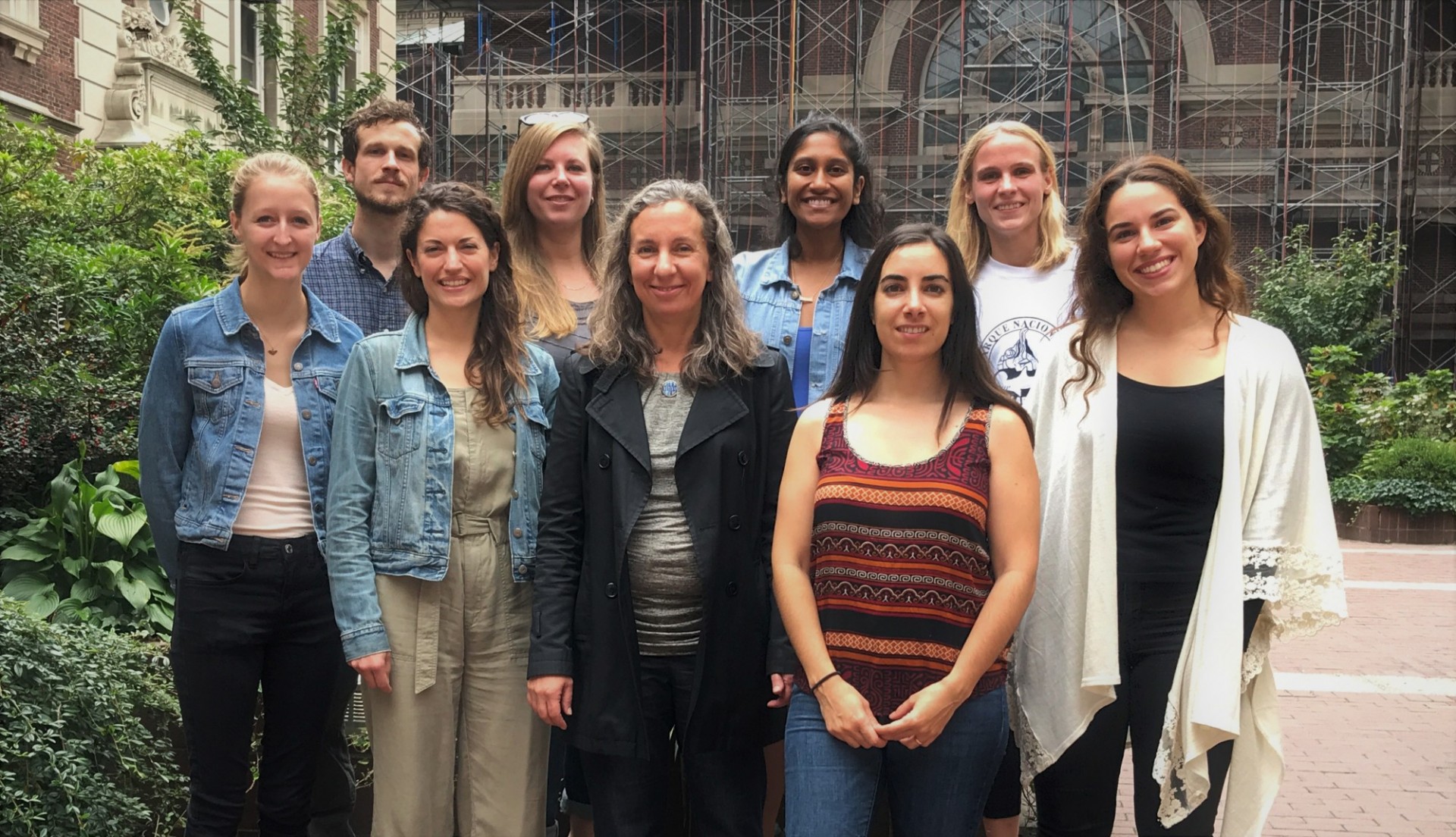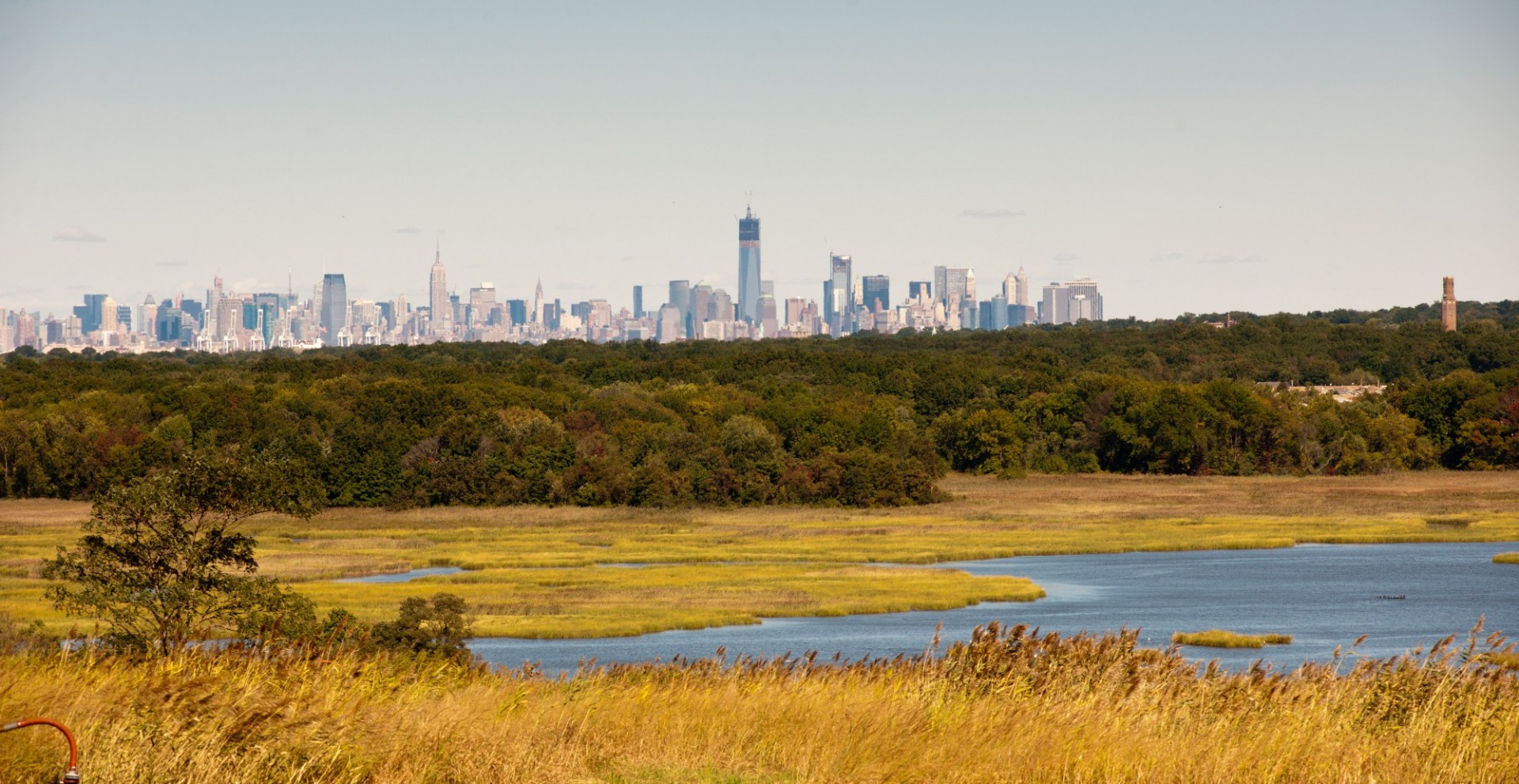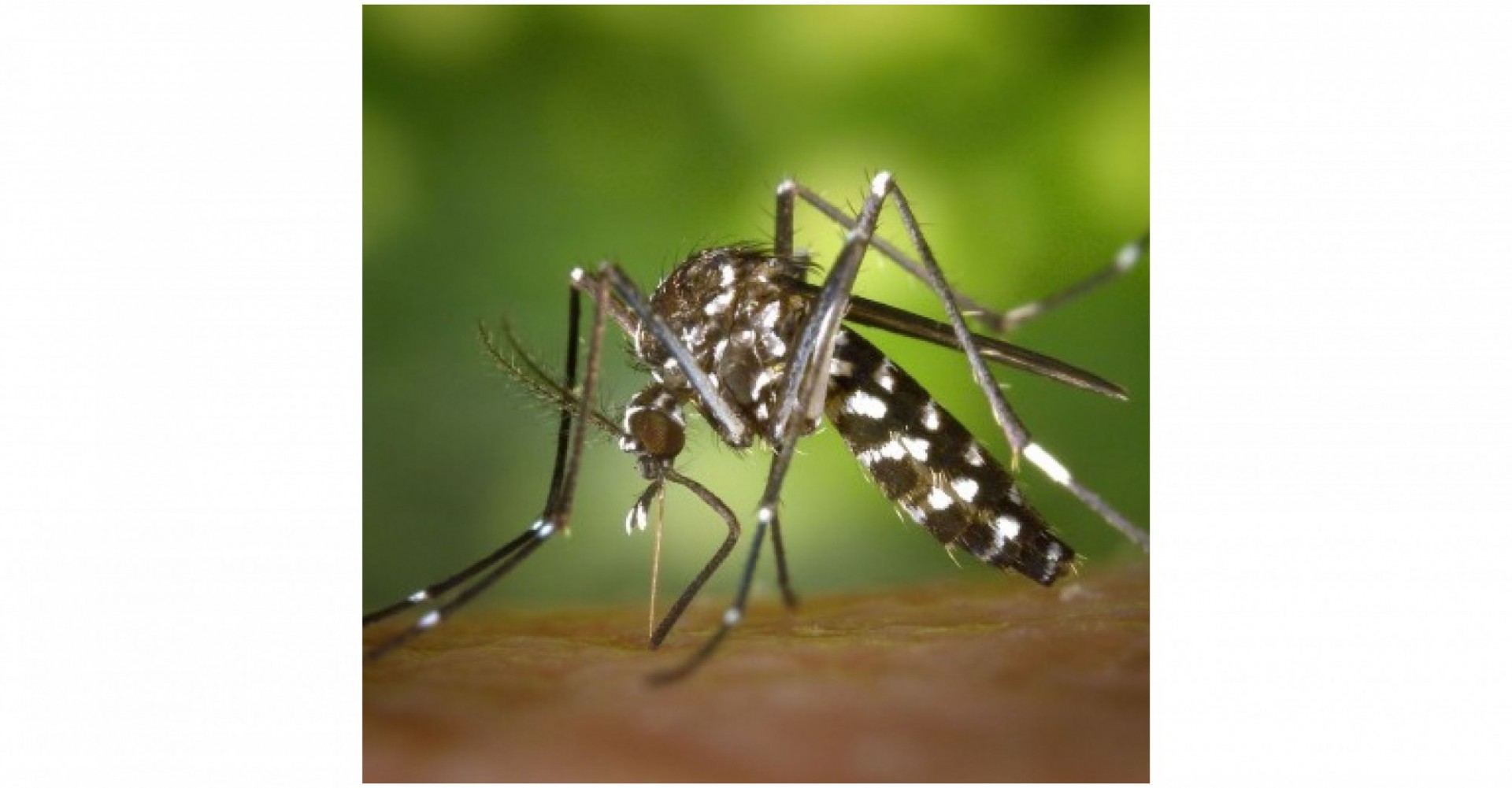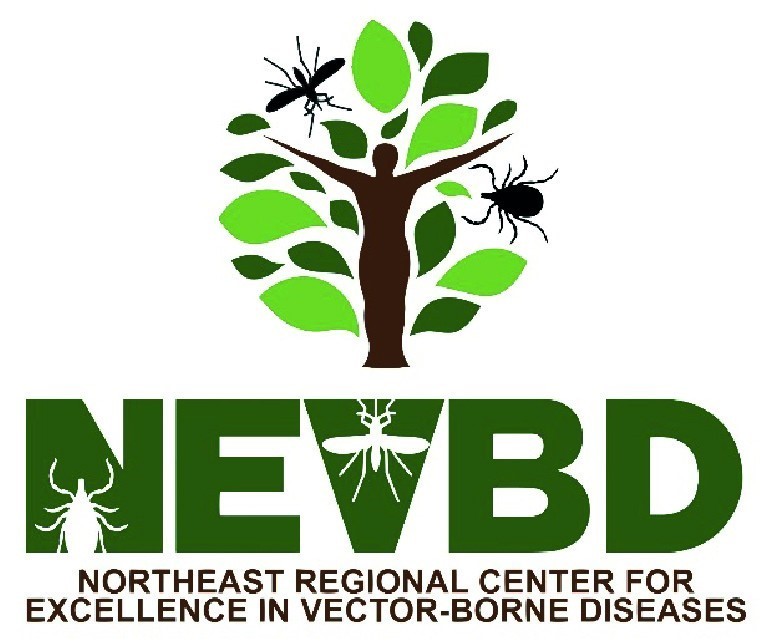About us
We study how human changes to the landscape and the climate drive the emergence and spread of vector-borne diseases, at the interface between the disciplines of ecology, evolution and epidemiology.
Our main focus are tick-borne diseases in the United States, including Lyme disease and human babesiosis. We also study mosquito-borne diseases, including West Nile virus, Dengue, Chikungunya and Zika, in the US and internationally.
Undergraduate, Graduate and Experienced Researchers!
Welcoming Research Assistant applications for the 2024 Field Season! See below for more information:
Apply here: https://forms.gle/vE3S6p2sxjGaHAqQ8

The Eco-epidemiology Lab at Columbia University has multiple positions for highly motivated Research Assistants (RAs) to assist with research and outreach activities for the 2024 field season on projects studying the eco-epidemiology of zoonotic and vector-borne diseases throughout the five boroughs of New York City and Long Island, NY.
See more information at our "Opportunities" page!
News
What to Know About Babesiosis, a Tick-Borne Disease That's on the Rise
The tick-borne illness babesiosis is one of the next most common after Lyme. And it is on the rise, according to a 2023 report by the Centers for Disease Control and Prevention.
NYT - Digging for Secrets From the Raccoon in Your Garbage
Scientists are studying urban animals and the diseases they carry, to understand the potential risks to people, pets and the animals themselves.
Scientists Are Mapping New York City Wildlife. And We Don’t Mean Rats, Squirrels or Pigeons.
New Yorkers, already living in the United States’ most densely populated city, are now sharing space with an increasing number of wild creatures that are good at adapting their diets and hiding places to urban environments. The city has been expanding its green spaces for decades, and now some 78,000 acres of wetlands, grasslands, forests, cemeteries, parks and community gardens provide habitat and food. So do nearby dumpsters, trash cans, back yards, vacant lots, sewers and abandoned buildings.




